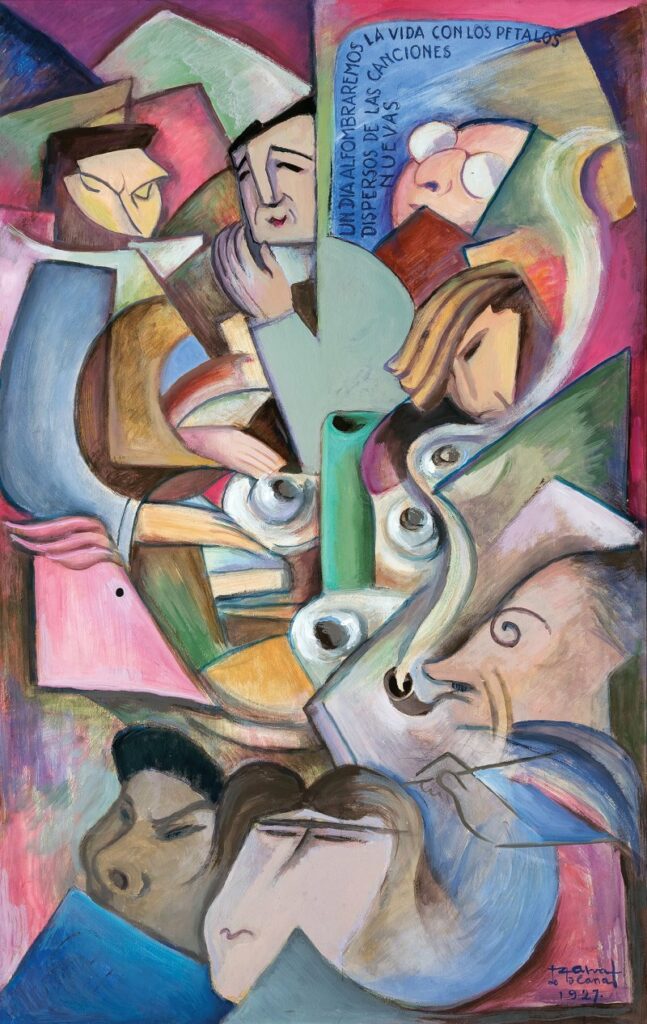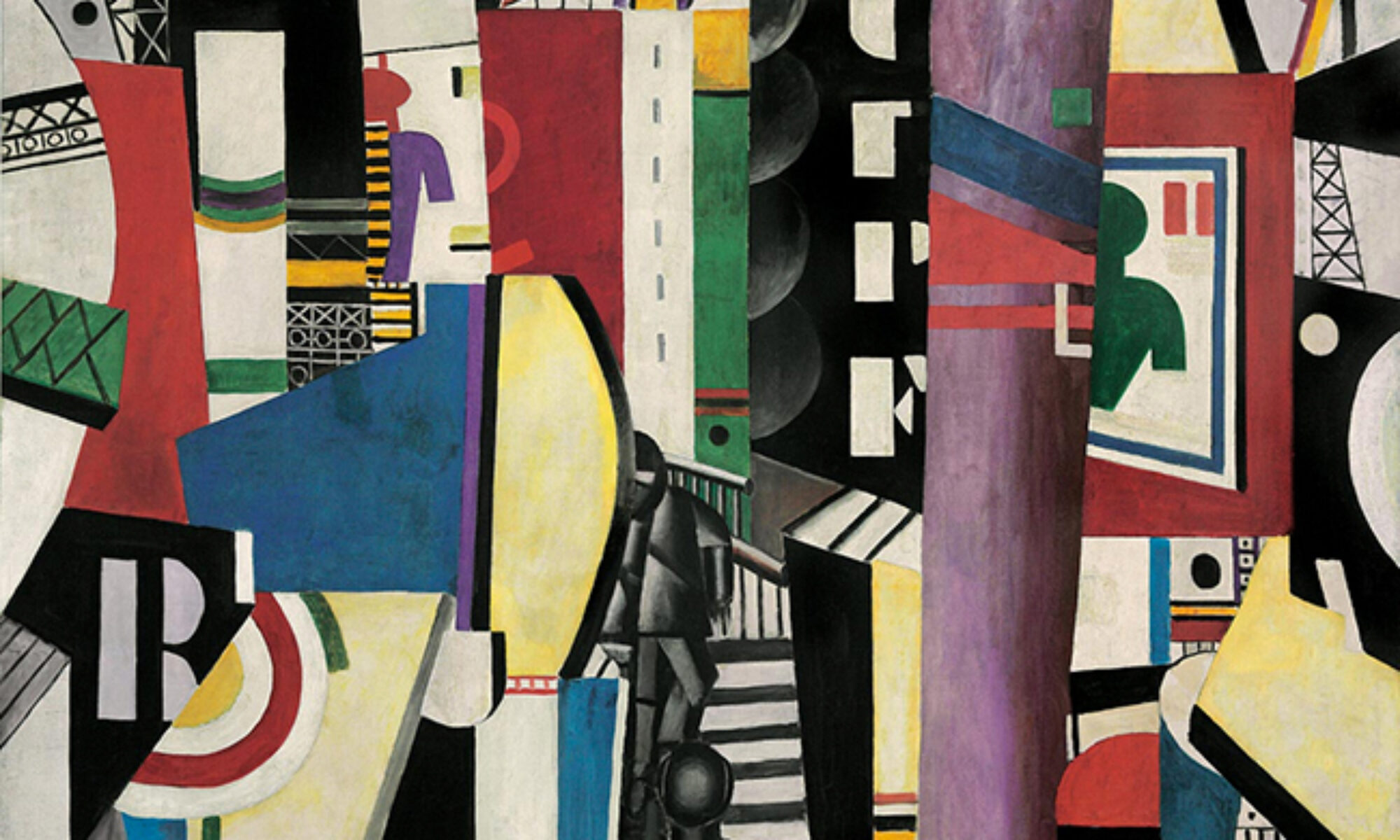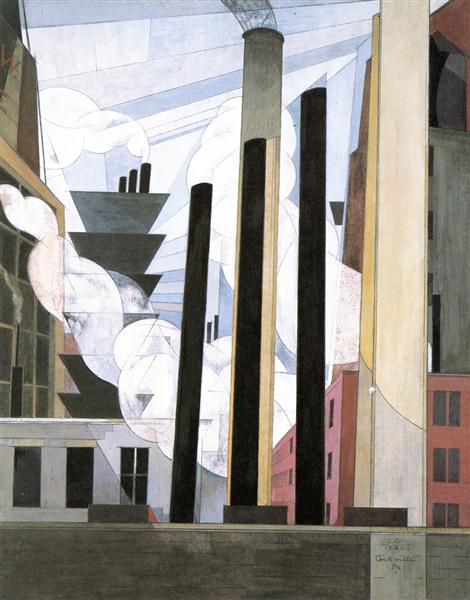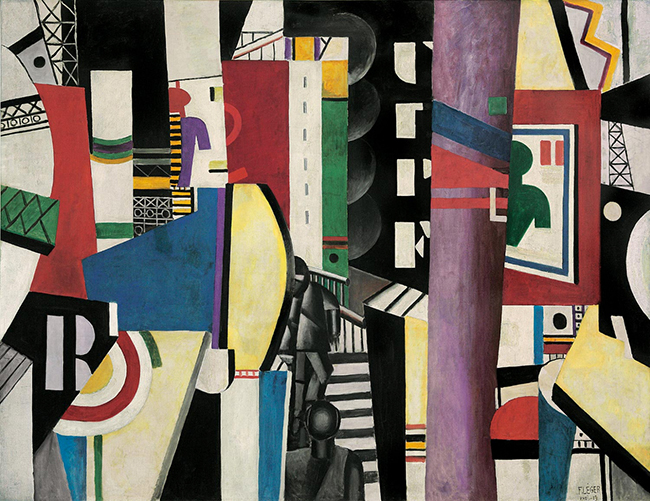“The crowd is his element, as the air is that of birds and water of fishes. His passion and his profession are to become one flesh with the crowd. For the perfect flâneur, for the passionate spectator, it is an immense joy to set up house in the heart of the multitude, amid the ebb and flow of movement, in the midst of the fugitive and infinite”
Charles Baudelaire, “The Painter of Modern Life”

The 19th century saw extensive urban expansion in cities like London, Paris, and New York. These cities grew exponentially and offered new modes of experience that were both exhilarating and alienating.
Rather than just a backdrop for a story or poem, the city becomes a central motif or character in Modernism. The sprawling metropolis became a hub of intellectual and cultural exchange and the urban landscape becomes a place to explore both in person and in art.
Our multimodal essays consider moments of crisis or concern that make a connection between the Modernist city and our own modernity. We have incorporated Modernist images and three images of our own creation as we explore the possible meanings and moods of “the modern city” .


